Our arts programs:
Arts & Culture
At Bank of America, we believe that investing in the arts has a positive impact on our lives. We support a wide range of nonprofit organizations with funding and programming to help make the arts more accessible to communities around the world and to preserve works of art and heritage sites for generations to come.
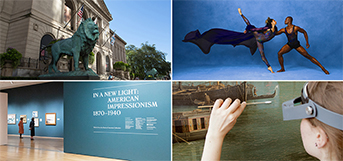
Art In Our Communities
Making the arts accessible
Museums and nonprofit cultural institutions can borrow complete exhibitions curated from the Bank of America Art Collection.
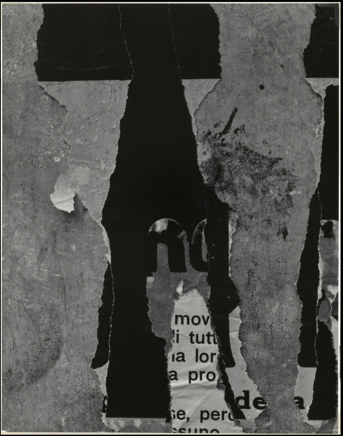
Exhibition spotlight
Moment in Time: A Legacy of Photographs
Works from the Bank of America Collection
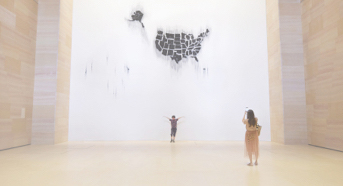
on Us®
Be inspired
Bank of America offers our cardholders free general admission – during the first full weekend of every month – to cultural institutions across the United States.
See the full list of participating institutions, state by state.
The next eligible Museums on Us® weekend is July 5th and 6th
Who is eligible?
Museums on Us is available to Bank of America, Merrill or Bank of America Private Bank credit or debit cardholders during the first full weekend of every month. One free general admission is limited to the individual cardholder. This offer is not transferable. This offer does not guarantee admission. Not to be combined with other offers. Excludes fundraising events, special exhibitions and ticketed exhibitions.
To find a museum near you, view the map or enter your location
How to visit
Present your active Bank of America, Merrill or Bank of America Private Bank credit or debit card and valid government issued photo ID (Passport booklet, State ID, Driver License) to receive one free general admission to a participating cultural institution.
Adjusted Museums on Us admission procedures, if applicable, can be found by locating and selecting a partner name on our Museums on Us map. Information posted here is updated on an ongoing basis.
Get the card that gets you in
Partner information
Please check with our partners directly for current operating hours.
Art Conservation Project
Promoting cultural sustainability
Art and objects of cultural heritage are vulnerable to the impacts of time and the conservation of these works calls attention to the rich diversity of the human experience.
Through the Bank of America Art Conservation Project and our partnerships, we support this work because we believe in preserving this shared history for future generations.
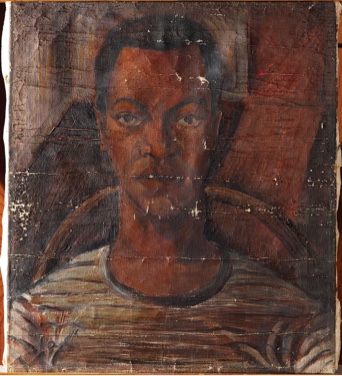
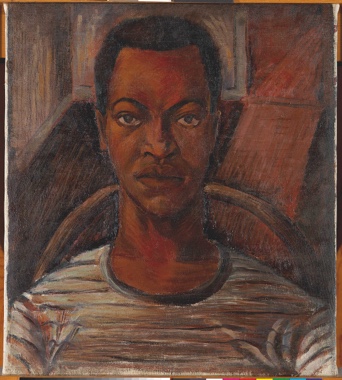
Drag the sliders to view conservator's progress
Earle Wilton Richardson
SPONSORSHIPS & PARTNERSHIPS
Driving engagement
We partner with museums and nonprofit cultural institutions that are vital to the economic health of vibrant, successful communities.

Alvin Ailey American Dance Theater
Sign up for reminders
Register for email notifications about Bank of America’s Arts & Culture
support and programs, including Museums on Us program reminders.
By providing your email you are consenting to receive email messages
Masthead image, clockwise from left:
The Art Institute of Chicago. North View of Michigan Avenue Façade. Courtesy of the Art Institute of Chicago.
Alvin Ailey American Dance Theater's Alicia Graf Mack and Jamar Roberts. Photo by Andrew Eccles.
The Wallace Collection, London: Art Conservation Project 2016 Selection
Giovanni Antonio Canal (Canaletto) (Italian, 1697 – 1768), Venice: the Bacino di San Marco from the Canale della Giudecca, c. 1735 – 1744 (detail), Oil on canvas, 61 ⅞” x 86 ⅝” (157 x 220 cm)
Visitors to the Art in our Communities exhibition In a New Light: American Impressionism 1870–1940, Works from the Bank of America Collection
View of the Williams Forum, Philadelphia Museum of Art, 2021, with Fire (United States of the Americas), 2017/2020, by Teresita Fernández, Promised gift of Mitchell L. and Hilarie L. Morgan, Courtesy of the artist and Lehmann Maupin, New York, Hong Kong, Seoul, and London. Photograph by Elizabeth Leitzell.

